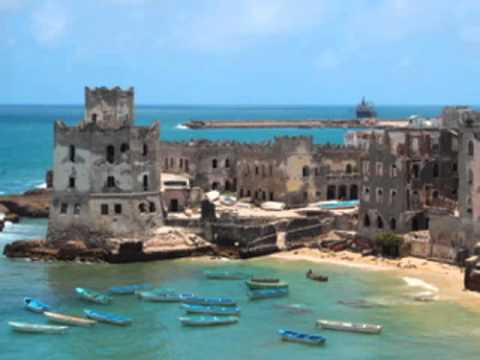
Somalia, a country located on the Horn of Africa, is often painted with the broad strokes of instability and conflict. However, beneath these headlines lies a land with rich traditions, breathtaking landscapes, and a resilient population eager to reclaim and celebrate their cultural heritage. The power of media, especially travel videos, plays an essential role in uncovering this less depicted side of Somalia. A recent travel video titled “Somalia – Beyond the Headlines” has been making waves online for its captivating portrayal of the country’s diverse attractions.
### Unveiling a Different Perspective
The travel video commences with aerial shots of Somalia’s extensive coastline—one of the longest in Africa—featuring pristine beaches and turquoise waters that rival popular tourist destinations globally. It’s a stark contrast to the arid images often associated with the country. The film takes viewers along to places like Berbera, which hosts historical architecture and bustling markets teeming with vibrant fabrics and local crafts.
### Cultural Riches
One segment highlights the ancient city of Laas Geel, home to some of the oldest known cave paintings in Africa. These visuals not only provide evidence of early human life but also serve as a testament to Somalia’s historical significance—a narrative seldom touched upon by mainstream media.
The video also showcases traditional Somali dance and music being performed at a local festival in Mogadishu. The energy is palpable as men and women adorned in colorful attire share their heritage with pride. This scene effectively challenges prevailing stereotypes by showing Somalis’ joyous expressions and cultural pride.
### People: The Heart of Somalia
Perhaps what resonates most within this travel video are its interactions with local Somalis. From fishermen in the coastal towns to young entrepreneurs in Mogadishu’s tech hubs, each person shares their story, offering insights into their daily lives and hopes for their nation’s future. It portrays Somali people not as victims of their circumstance but as active agents striving toward progress and stability.
### Challenges Acknowledged
The video does not shy away from depicting the challenges faced by Somalia—remnants of conflict are visible, and there are mentions of security measures that visitors must consider. However, these aspects do not dominate its narrative; they are presented as part of reality that locals navigate rather than defining features.
### A Call to Global Audiences
“Somalia – Beyond the Headlines” concludes with a call to global viewers to reconsider their perceptions of Somalia. It invites them to explore this multifaceted country firsthand or through further research—highlighting tourism’s potential role in economic development and cross-cultural exchange.
### Impact on Tourism
Such compelling portrayals can significantly impact perceptions which directly affect tourism—a critical sector that can foster economic growth for many communities within Somalia. By drawing attention to untouched natural beauty spots and rich historical sites awaiting formal recognition (and preservation), videos like these can spur responsible tourism initiatives that benefit both visitors and locals alike.
### Conclusion
Travel videos possess an extraordinary ability to reshape narratives by highlighting underlying beauty overlooked due to longstanding conflicts or political turmoil. As seen through “Somalia – Beyond the Headlines,” Somalia is much more than what is commonly portrayed; it is a country rich with culture, history, potential, and warmth from its people eager for peace and progress.
